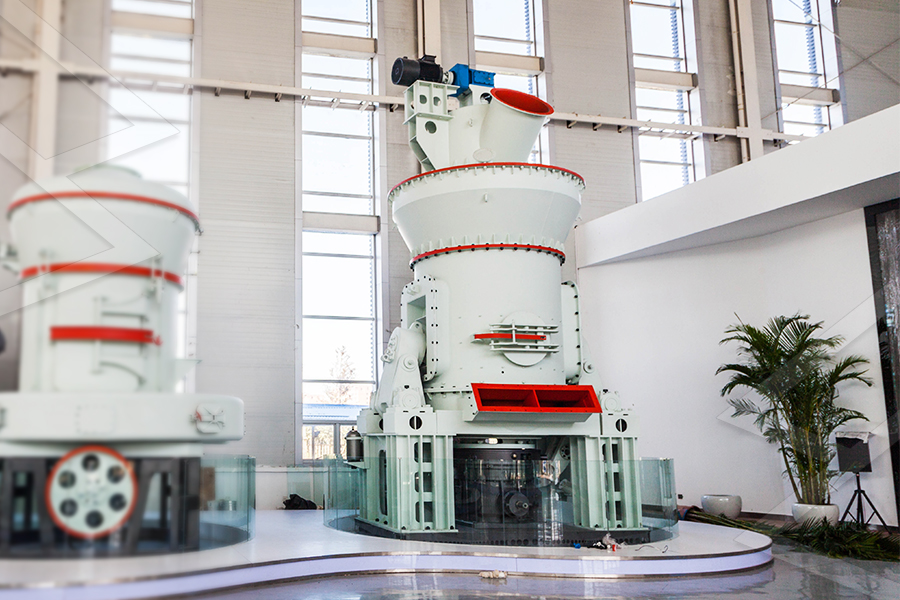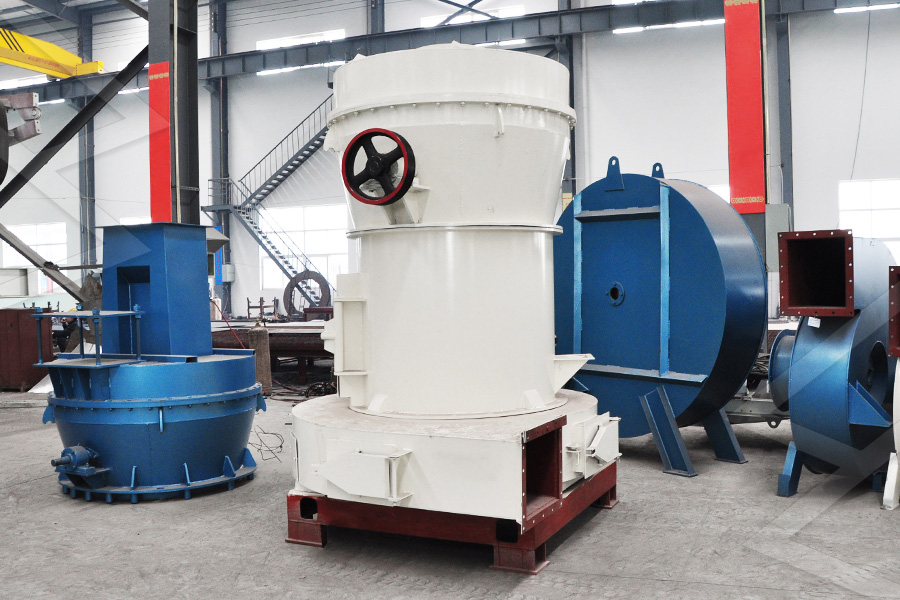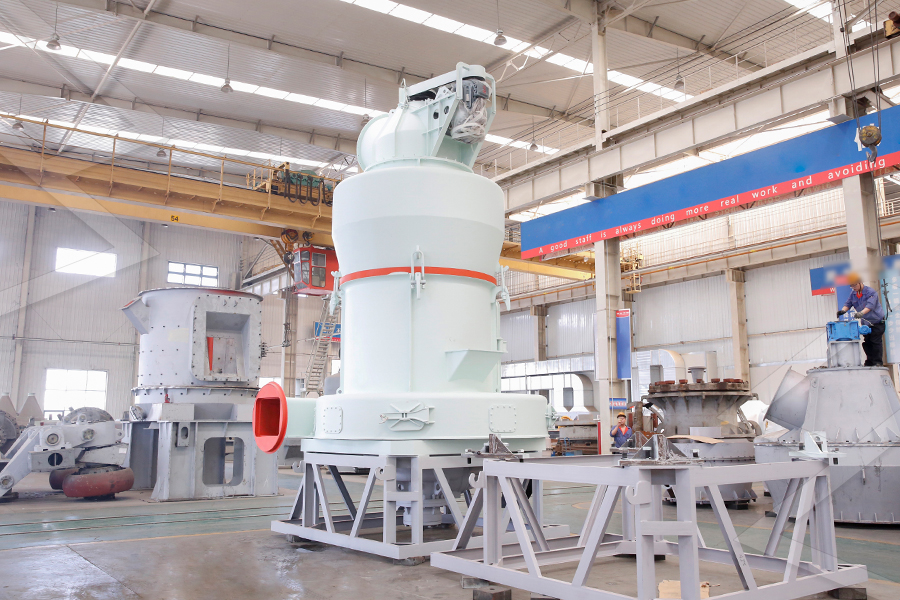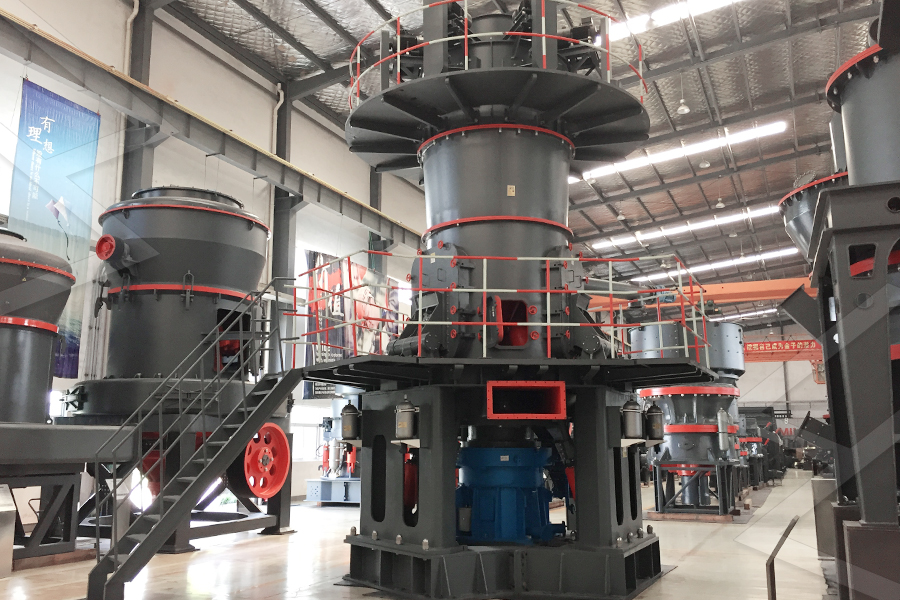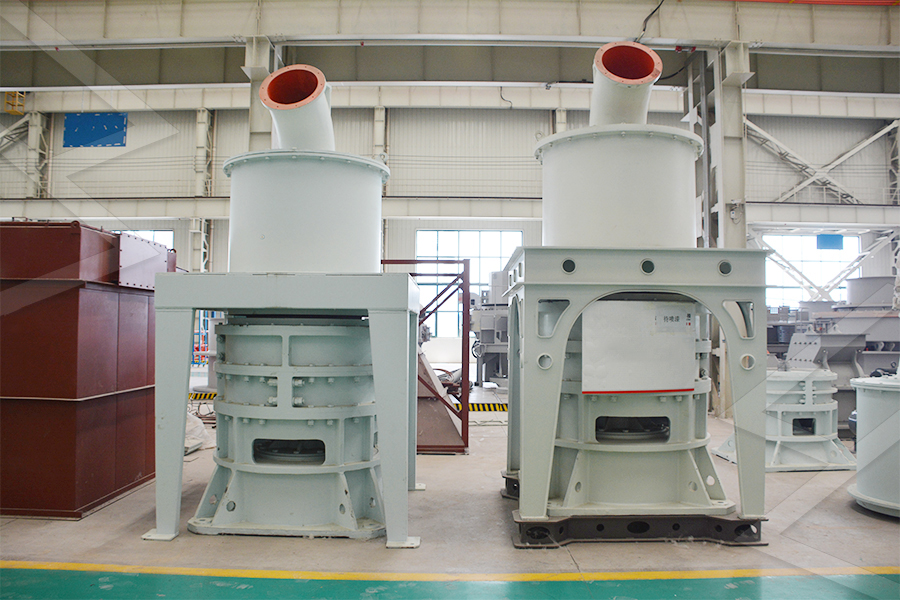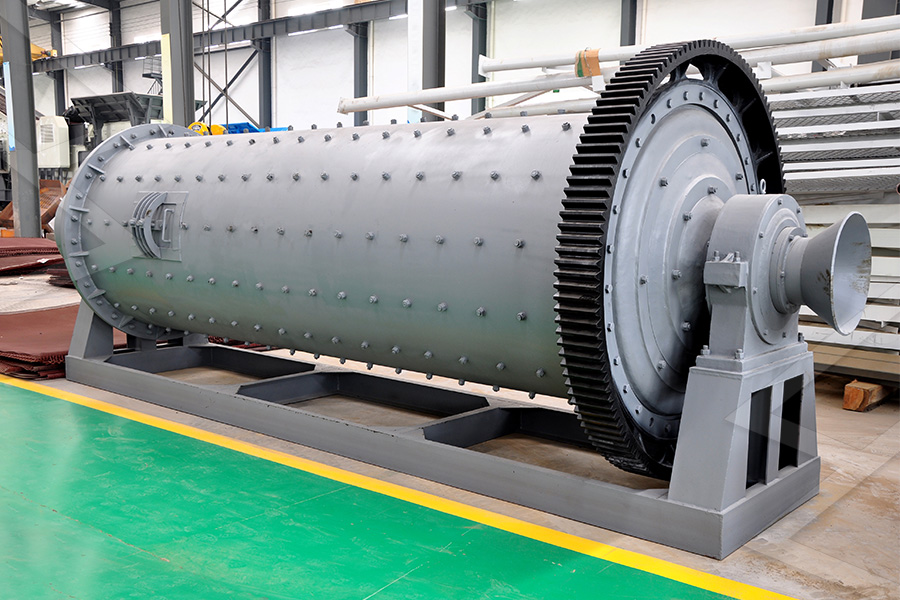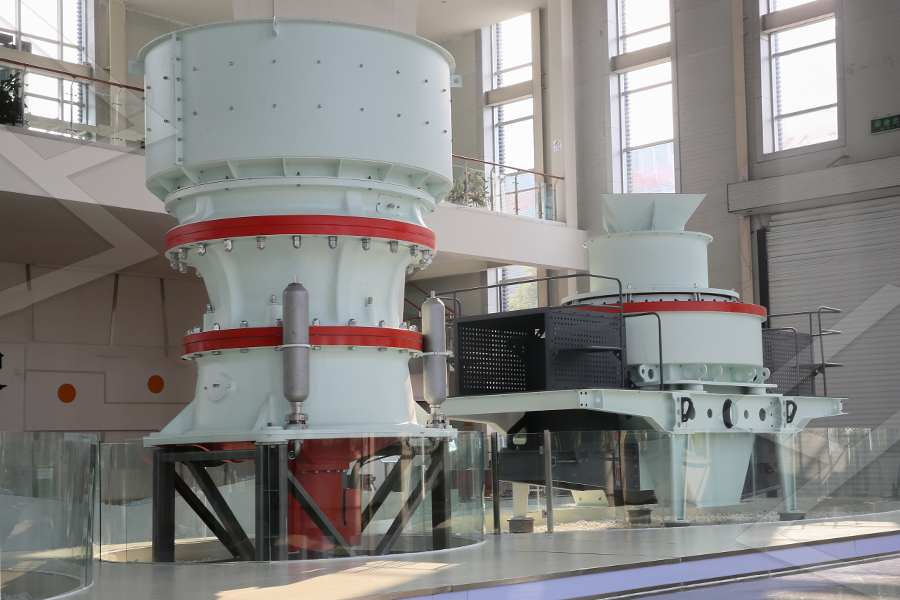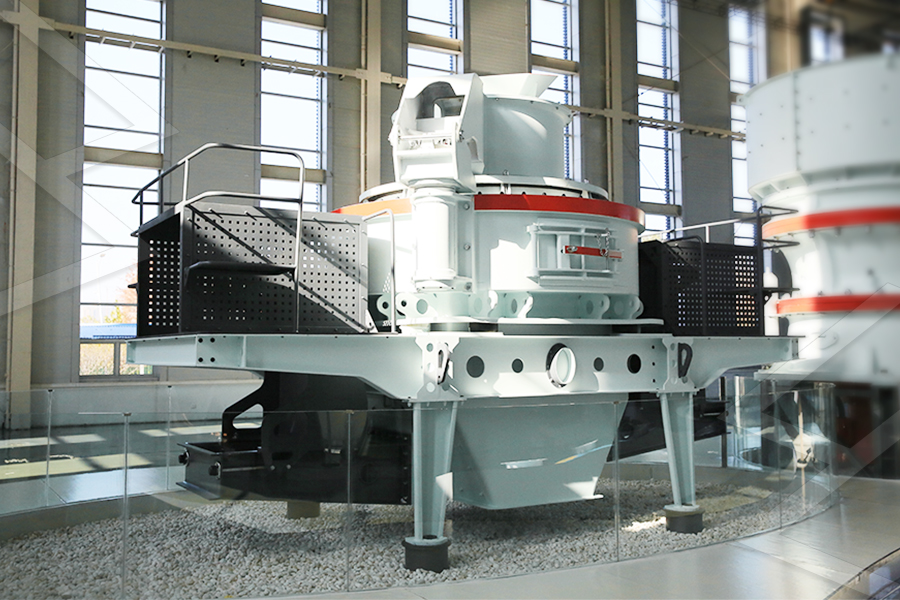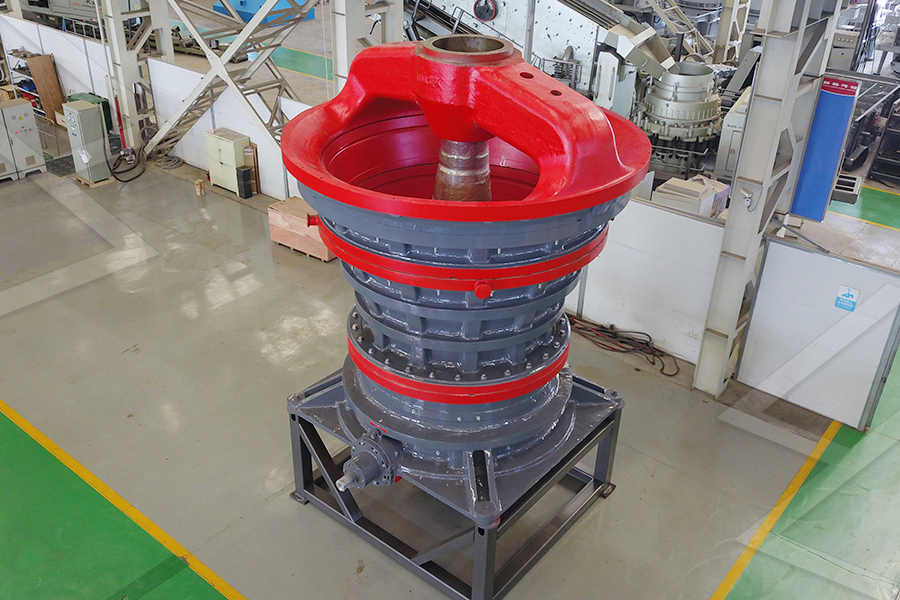Quality Control and Firing Performance
QC tests are conducted every 2 hours to ensure consistency: (1) Particle size (laser analyzer) to confirm ≥95% pass 250 mesh; (2) Iron content (XRF) to ensure Fe₂O₃ <0.15%; (3) Moisture content (halogen meter) to <1%; (4) Chemical composition (XRF) to verify SiO₂, Al₂O₃, and K₂O levels (critical for flux performance). The ceramic tile plant also conducts on-site tests: after mixing the feldspar powder with other raw materials and firing, the tiles are inspected for gloss (≥85 gloss units) and color uniformity—since using the project’s powder, the plant’s tile rejection rate due to discoloration has dropped from 8% to 2%.
Environmental and Economic Benefits
The project prioritizes environmental sustainability: (1) Waste heat reuse: Using the ceramic plant’s boiler waste heat for the VRM’s hot air reduces coal consumption by 500 tons per year; (2) Water recycling: The magnetic separation and washing processes use a closed-loop water system, with water treated via a sedimentation tank and reused—water consumption is <0.3 m³ per ton of feldspar; (3) Dust control: The pulse bag filter and closed conveyor system ensure dust emissions <10 mg/m³, complying with China’s GB 28661-2012 standard for ceramic raw material processing.
Economically, the project delivers significant value: (1) Cost savings: Producing feldspar powder on-site reduces the manufacturer’s raw material costs by 22% compared to purchasing pre-ground powder; (2) Energy efficiency: The VRM’s low energy consumption saves ~180,000 kWh of electricity per year; (3) Supply stability: Eliminating reliance on external suppliers reduces delivery delays, ensuring the tile plant operates at full capacity.
Challenges and Continuous Improvement
One initial challenge was roller wear in the VRM—feldspar’s moderate hardness (Mohs 6-6.5) caused rollers to wear down every 8 months. To address this, the project switched to tungsten carbide-coated rollers, extending wear life to 18 months and reducing maintenance costs by 40%. Another challenge was seasonal variations in raw feldspar moisture (higher in rainy seasons), which caused feeding issues. The solution was installing a pre-dryer (electrically heated) before the VRM, ensuring moisture content remains <1% year-round.
This feldspar grinding project underscores the importance of tailored mineral processing solutions for the ceramic industry, where consistent quality and efficiency directly impact end-product performance and profitability.
